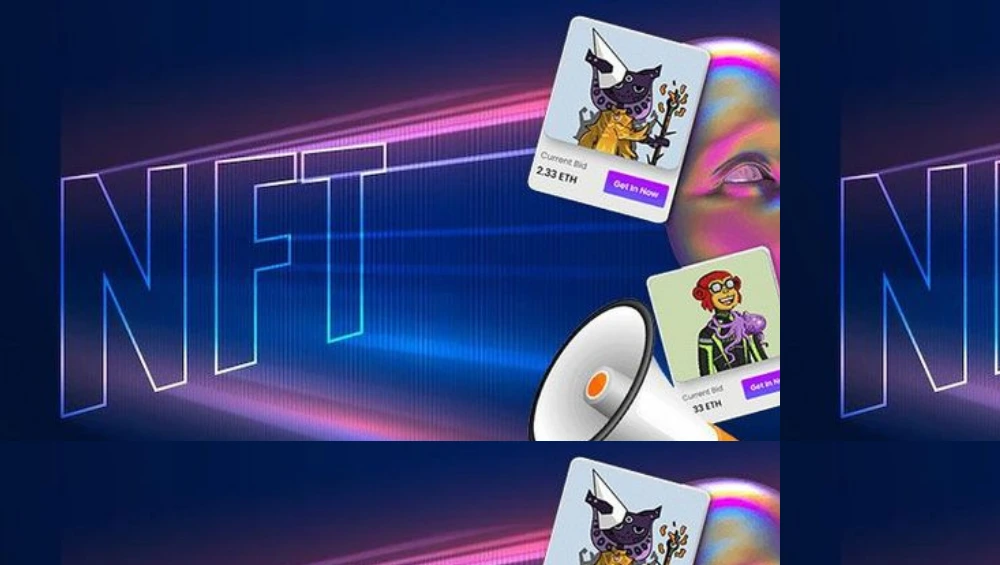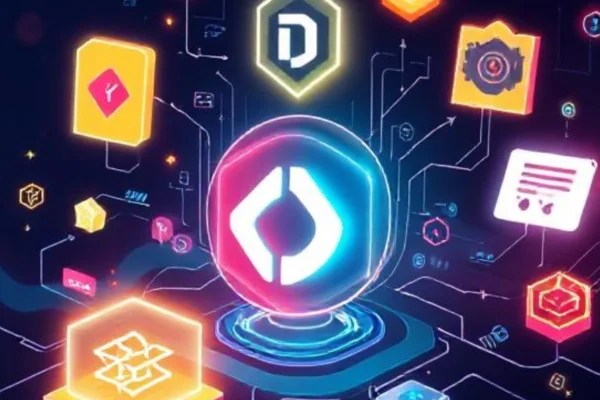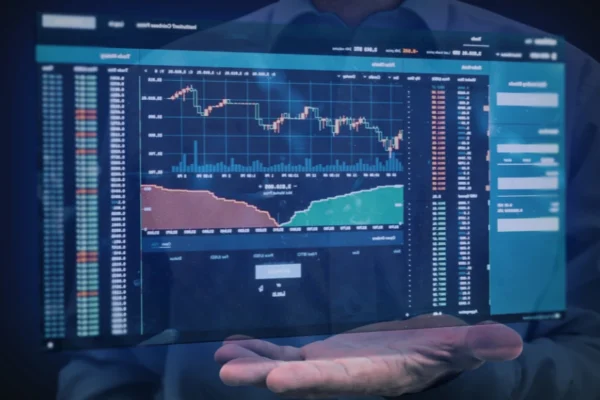The Future of NFTs is a topic of growing interest in the digital economy. What once started as a trend limited to digital art and collectibles has now evolved into a powerful technology with the potential to transform multiple industries. NFTs, or Non-Fungible Tokens, have already made a mark in gaming, real estate, music, fashion, and more. As we look beyond the hype and headlines, it becomes clear that the Future of NFTs is more promising and diverse than many initially imagined.
Understanding the Evolution of NFTs
NFTs are unique digital assets stored on a blockchain. Unlike cryptocurrencies like Bitcoin or Ethereum, NFTs are non-fungible—each token represents something unique and cannot be exchanged on a one-to-one basis. Initially, NFTs gained attention through million-dollar sales of digital art and profile pictures. However, this was just the tip of the iceberg.
The Future of NFTs lies in how this technology is applied to solve real-world problems, enhance digital ownership, and enable decentralized systems. From smart contracts to tokenized assets, the next chapter of NFTs is unfolding in exciting directions.
NFT Use Cases Beyond Art
1. Gaming and Virtual Economies
One of the most active sectors adopting NFTs is gaming. Games like Axie Infinity, The Sandbox, and Decentraland have pioneered the integration of NFTs into game economies. Players can buy, sell, and trade in-game assets—such as characters, skins, and land parcels—as NFTs, giving them true ownership.
In the Future of NFTs, we can expect more AAA game developers to incorporate NFTs into their platforms. This shift will empower players and change how we perceive digital property in virtual worlds.
2. Music and Entertainment
Artists and creators are turning to NFTs to monetize their content directly. Instead of relying on intermediaries, musicians can mint songs, albums, or exclusive experiences as NFTs. Kings of Leon, for example, released an album as an NFT, offering fans unique perks.
The Future of NFTs in the music industry could lead to a revolution where fans become stakeholders in an artist’s career, and royalties are transparently distributed through blockchain-based smart contracts.
3. Real Estate and Virtual Land
NFTs are making their way into the real estate market, both physical and virtual. Tokenization allows properties to be divided into fractional shares, each represented by an NFT. This opens up investment opportunities for people who might not otherwise be able to afford full ownership.
In the metaverse, platforms like Decentraland and Somnium Space allow users to buy virtual land as NFTs. The Future of NFTs includes a seamless blend of real and virtual real estate economies, powered by blockchain.
4. Fashion and Digital Identity
Fashion brands like Gucci, Nike, and Dolce & Gabbana are experimenting with NFT-based digital clothing and accessories. These assets can be worn in virtual spaces or even used in AR (Augmented Reality) environments. As identity becomes more digital, NFTs could be the key to authenticating and customizing online avatars.
The Future of NFTs in fashion also involves solving issues related to counterfeit products and supply chain transparency by tagging each item with a verifiable NFT.
NFTs in Finance and DeFi
NFTs are also intersecting with decentralized finance (DeFi). Concepts like NFT lending, staking, and collateralization are gaining momentum. For instance, NFT holders can use their assets as collateral to obtain loans on DeFi platforms.
The Future of NFTs in finance could reshape credit systems, risk assessment, and asset management by introducing unique, blockchain-based collateral.
NFTs in Education and Credentials
Universities and online education platforms are starting to use NFTs to issue digital diplomas and certificates. These credentials are verifiable, tamper-proof, and easily shareable. This not only reduces fraud but also empowers students with true ownership of their achievements.
The Future of NFTs in education may include academic transcripts, badges, and skills verification—all stored securely on the blockchain.
Environmental Concerns and Solutions
NFTs, particularly those on proof-of-work blockchains, have faced criticism for their environmental impact. However, the industry is rapidly shifting toward greener alternatives like Ethereum 2.0, which uses a proof-of-stake consensus.
Many platforms are now carbon-neutral or even carbon-negative. The Future of NFTs will likely involve increased adoption of eco-friendly practices, ensuring sustainability while scaling up.
Regulatory Challenges and Legal Framework
One of the major hurdles for NFTs moving forward is regulation. Issues such as intellectual property rights, taxes, consumer protection, and securities law all play a role. Governments around the world are still developing frameworks to manage these digital assets.
The Future of NFTs will be shaped by clear legal guidelines that foster innovation while protecting users. A transparent, global regulatory system could unlock massive institutional interest in NFTs.
The Role of AI and Interoperability
With the rise of AI, NFTs are becoming smarter and more dynamic. Interactive NFTs can evolve over time, respond to user inputs, or change based on external data. This opens up new use cases in gaming, art, and storytelling.
Additionally, interoperability is key to the Future of NFTs. Projects are working on making NFTs transferable across different blockchains and platforms. This will reduce fragmentation and make the ecosystem more user-friendly.
Challenges to Overcome
While the potential is vast, NFTs face significant challenges:
-
Scalability: Blockchain networks need to handle millions of NFT transactions efficiently.
-
User Experience: Wallets, marketplaces, and platforms must become simpler for mainstream adoption.
-
Security: NFTs are vulnerable to scams, phishing, and contract exploits.
-
Speculation and Hype: The market must move from speculative trading to utility-driven use cases.
Addressing these challenges is crucial for realizing the Future of NFTs as a legitimate and widely adopted technology.
Predictions for the Future of NFTs
Looking ahead, several trends point to a strong and sustainable future:
-
Mass Adoption: Big tech companies, governments, and enterprises are exploring NFT integration.
-
Cross-Industry Expansion: NFTs will be used in healthcare, logistics, voting systems, and more.
-
Creator Empowerment: Artists, influencers, and developers will find new ways to monetize content and build communities.
-
Mainstream Integration: Social media, e-commerce, and mobile apps will embed NFT functionality directly into their platforms.
These trends underscore that the Future of NFTs is not just a continuation of the past hype cycle but a pivot toward meaningful, long-term value.
Conclusion
In conclusion, the Future of NFTs goes far beyond the world of digital art and speculative trading. As the technology matures, NFTs are poised to revolutionize how we think about ownership, identity, creativity, and finance. From gaming and education to real estate and fashion, NFTs are becoming a foundational layer of the emerging Web3 ecosystem. While challenges remain, the innovation and interest surrounding NFTs indicate a dynamic and transformative future ahead.








